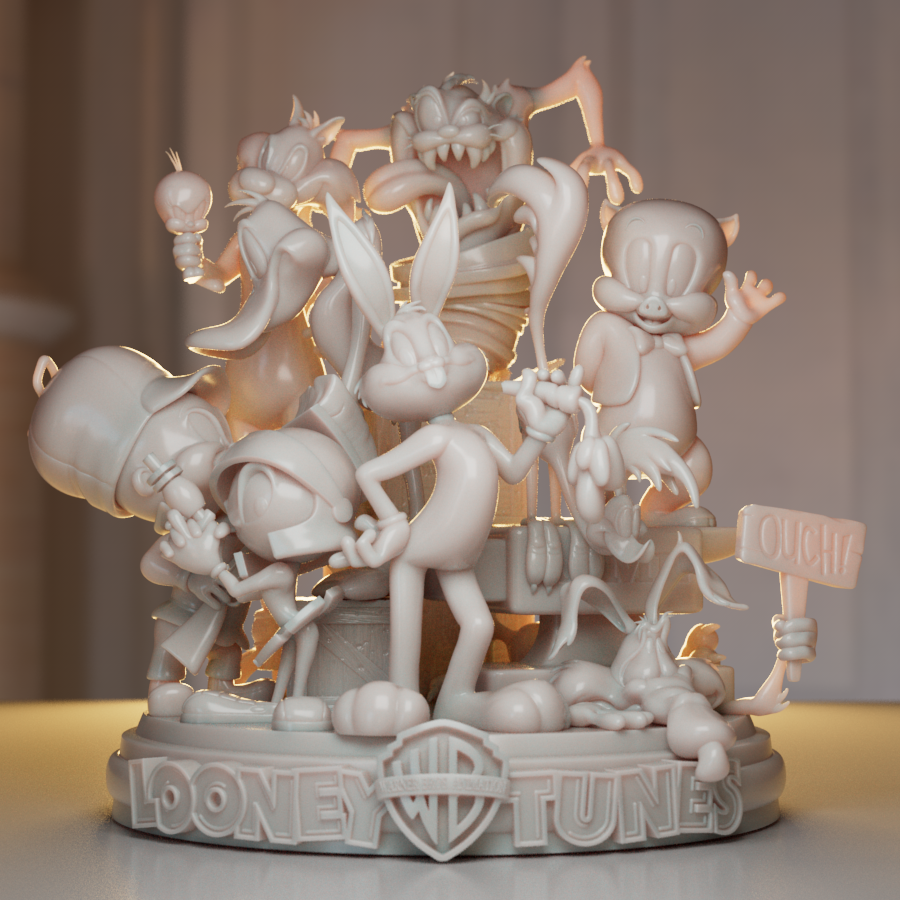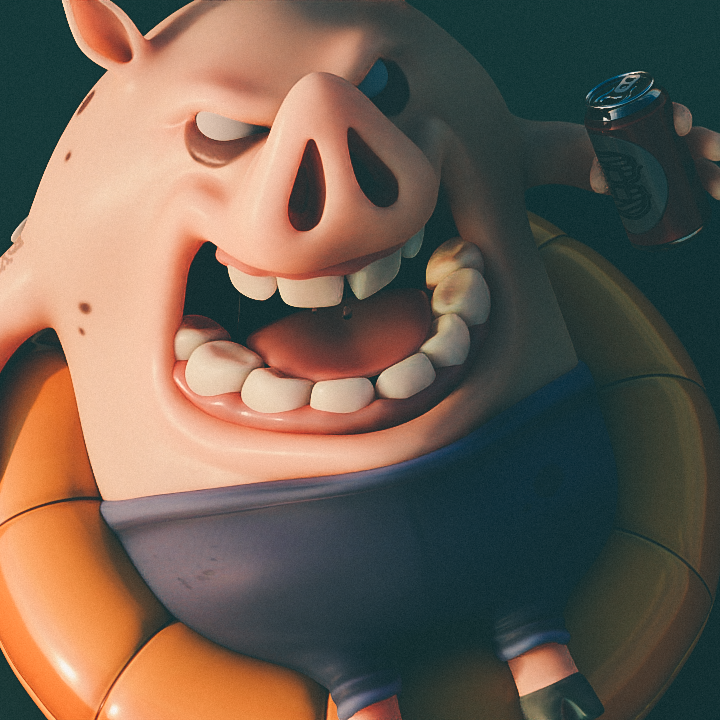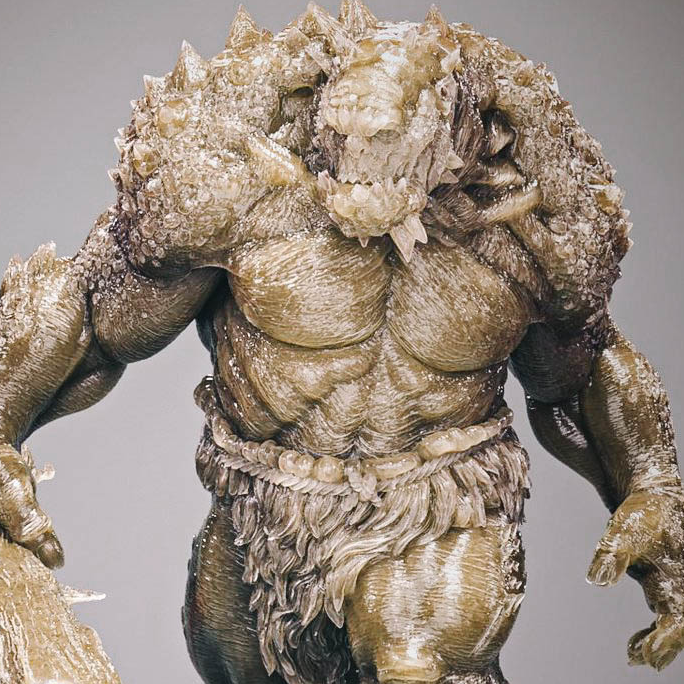Improved SSS
We’ve implemented new exciting features for the SSS random walk shaders. In the while there have also been many optimizations on how sampling is used regard direct vs indirect lighting. We’ve discovered that for the majority of cases we don’t need the extra complexity we introduce with guided (Dwivedi) sampling for indirect sampling/lighting, resulting in[…]





